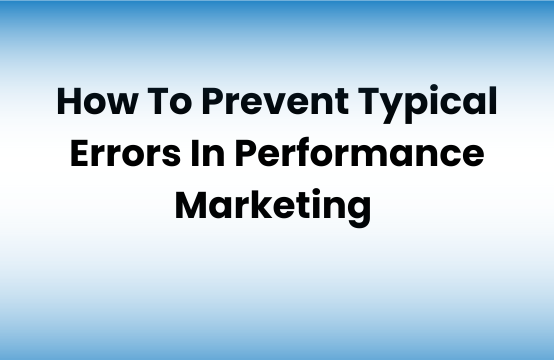Performance marketers can enhance their efforts and improve their outcomes by utilizing the powerful approach of A/B testing. By comparing two versions of a webpage, ad, or email to see which performs better, marketers can make data-driven decisions that enhance their marketing efforts. This playbook will guide you through the essentials of A/B testing and how to implement it effectively.
Introduction to A/B Testing
A/B testing, sometimes referred to as split testing, compares two iterations of a marketing piece to see which one works better. The aim is to find the version that produces more engagement, conversions, or other desired results. A/B testing can be applied to various elements, including headlines, images, calls-to-action (CTAs), and more.
Key Components of A/B Testing
- Hypothesis: Formulate a hypothesis about what changes might improve performance.
- Variants: Create two versions (A and B) of the element you want to test.
- Sample Size: Ensure you have a large enough sample size to achieve statistically significant results.
- Metrics: Define the metrics you will use to measure performance, such as conversion rate or click-through rate (CTR).
- Duration: Run the test for a sufficient duration to collect meaningful data.
Step-by-Step Guide to A/B Testing
Step 1: Define Your Objective
- Clearly state the goals you have for your A/B test. Objectives could include increasing click-through rates, improving conversion rates, or enhancing user engagement.
Step 2: Identify the Element to Test
- Choose the specific element you want to test. This could be a headline, image, CTA, or any other component of your marketing asset.
Step 3: Create Variants
- Create two iterations of the component you are evaluating.Version A is the control, and version B is the variation with the change you hypothesize will improve performance.
Step 4: Set Up Your Test
- To set up your test, use an A/B testing platform or application.Popular tools include Google Optimize, Optimizely, and VWO.
Step 5: Define Your Audience and Sample Size
- Determine your target audience and ensure you have a large enough sample size to obtain statistically significant results.
Step 6: Run the Test
- Launch your A/B test and let it run for a sufficient duration to gather enough data. Refrain from modifying or ending the test too soon.
Step 7: Analyze the Results
- Once the test is complete, analyze the results to see which variant performed better.To guarantee that the outcomes are noteworthy, employ statistical analysis.
Step 8: Implement the Winning Variant
- If one variant significantly outperforms the other, implement the winning variant in your marketing campaigns.
Best Practices for A/B Testing
- Test One Variable at a Time: To accurately determine the impact of changes, test only one variable at a time.
- Use Random Sampling: Ensure your test subjects are randomly selected to avoid bias.
- Maintain Consistency: Run tests under similar conditions to minimize external influences.
- Track Key Metrics: Focus on key performance indicators (KPIs) that align with your objectives.
- Document Your Tests: Keep detailed records of your tests, including hypotheses, test setup, results, and conclusions.
Common Pitfalls to Avoid
- Insufficient Sample Size: Ensure your sample size is large enough to achieve statistically significant results.
- Stopping Tests Early: Allow tests to run for the full duration to avoid inconclusive results.
- Testing Too Many Variables: Focus on one variable at a time to isolate the impact of changes.
- Ignoring Data: Base decisions on data rather than assumptions or gut feelings.
A/B testing is an essential tool for performance marketers, enabling data-driven decisions that optimize marketing efforts. By following this playbook, you can design and execute effective A/B tests that drive better results. Remember to continuously test, analyze, and refine your strategies to stay ahead in the competitive marketing landscape.
Do check out my last blog on How To Become A Meta Ad Specialist in 2024| Step By Step Guide & How To Become A Google Ads Master in 2024








